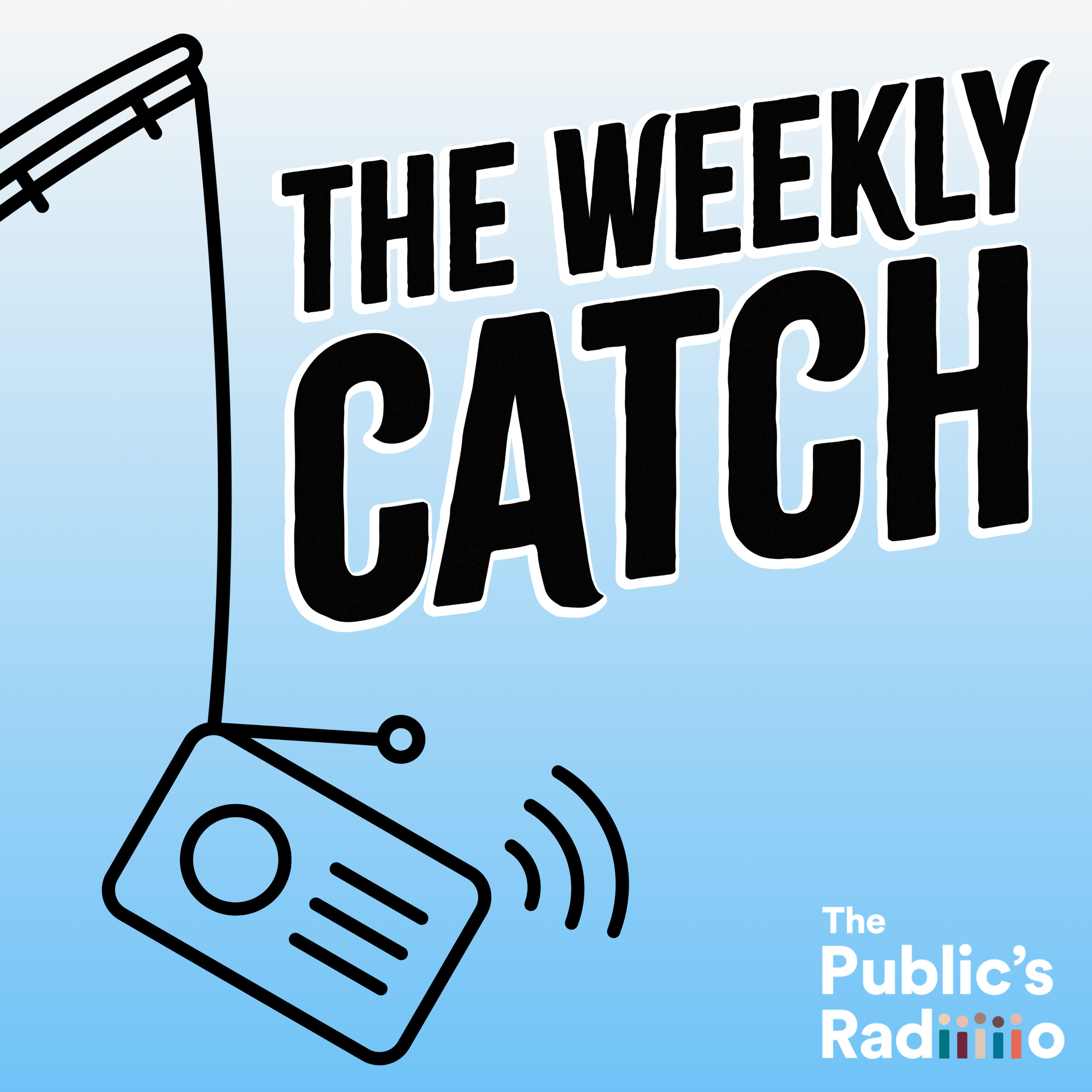Summer on Almy Pond
Representative Lauren Carson – Newport
Wednesday, July 17, 2024
Almy Pond in Newport is a low-lying area of the Rhode Island coast, with its rolling hills and salt marshes, and was a popular site with American artists in the mid 19th century. Their paintings typify wonderful images of Aquidneck Island.
It’s summer and our Island ponds have changed. Aquidneck Island’s fresh-water ponds have suffered decades of pollution and Almy Pond is often cited as one of the most contaminated freshwater bodies in the state. Its 203-acre watershed encompasses an area from Bellevue Avenue east to Coggeshall Avenue west, and from Ruggles Avenue north to Ocean Avenue south. Aged, leaking sewer pipes, some of which have been repaired, are only part of the problem. Heavy rainstorms linked to climate change have overburdened the drainage system, which dumps pollutants into the pond. To my dismay, E. coli has also been discovered in the pond.
Cyanobacteria — also known as blue-green algae which create these large blooms — are found naturally in fresh water but become a problem when they overproduce in ponds like Almy.
The City of Newport and its partners — a coalition of residents, academics, and nonprofits called the “Almy Pond Watershed Protectors” — have taken big steps toward improving water quality, but mitigating the contamination sources and years of pollution will take time to reverse. I attended a meeting at the Pell Center with the Protectors in April and was once again reminded of this serious situation in my Rhode Island House district and neighborhood.
The pond’s low oxygen levels and algae blooms are caused by the large amount of nutrients, such as nitrogen and phosphorus, entering the water. The city has already invested in improving its stormwater management system, which it found was the biggest culprit bringing contaminants into the pond.
State and municipal officials have expanded the drainage buffer around the pond to improve local water quality. This allows the pond to act as a more effective buffer against stronger and more frequent climate change storms. Posted warnings signal when harmful algae blooms are present. More must be done.
During an algae bloom, all recreation including swimming, fishing, boating, and kayaking should be avoided. Young children and pets are at particular risk for health effects associated with harmful blooms because they are more likely to swallow water when in or around bodies of water. Common health effects associated with ingesting water containing blue-green algae include stomachache, diarrhea, vomiting, and nausea.
The public should be on the lookout for these harmful blooms. Affected waters may be bright to dark green in color and the water may look like green paint. Should these conditions be observed avoid contact with the water.
What should happen next? The Protectors and the City will continue to work to bring resources to the cleanup of the pond. Thank you, keep up the good work, and count on me to help. Homeowners are encouraged to reduce the use of pesticides that flow into the pond, install rain barrels to capture stormwater runoff on their property before it reaches the Pond and manage pet waste. These are small, but important steps to reduce the runoff into the Pond exacerbating the already serious issues there.




